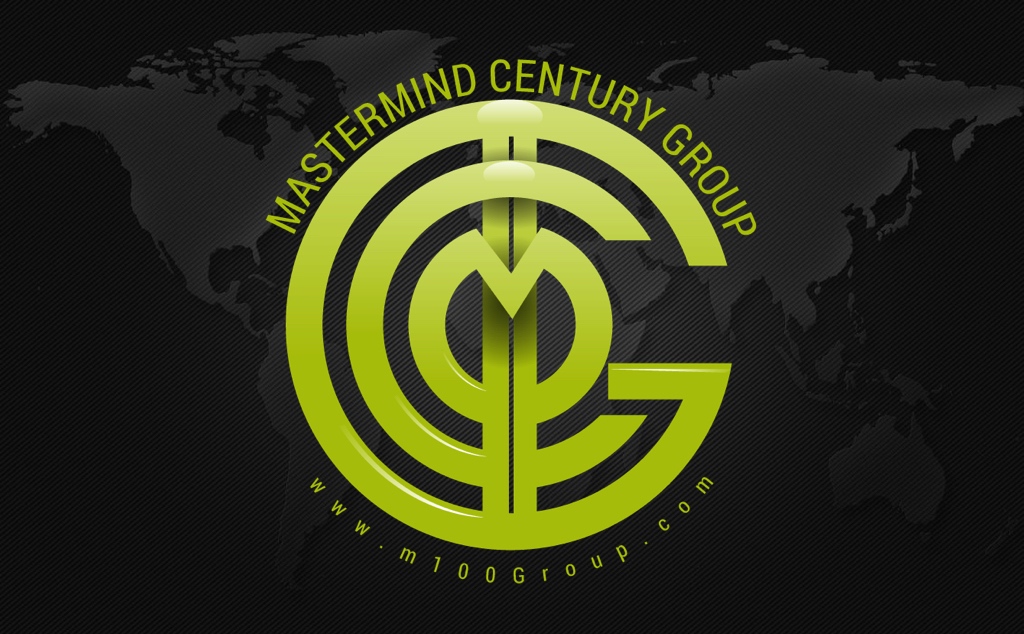inc.com / view original / Leigh Buchanan
DeM Banter: Good scoop on thought leaders…always wondered, but afraid to ask? Read on…
 Inc. editor-at-large Leigh Buchanan interviews Clay Christensen’s publicity advisor about how entrepreneurs can be thought leaders too.
Inc. editor-at-large Leigh Buchanan interviews Clay Christensen’s publicity advisor about how entrepreneurs can be thought leaders too.
Clayton Christensen, Professor of Business Administration at Harvard Business School.
All CEOs lead their companies: that’s line No. 1 in the job description. But only a small subset also lead their industries and the wider world toward new visions and potentially brighter futures.
Stern & Associates, a Cranford, New Jersey public-relations firm whose clients include uber-visionary Clayton Christensen, advises business leaders who want to become known as thought leaders.
Inc. editor-at-large Leigh Buchanan spoke to the firm’s group vice president Ned Ward about how he advises clients to think big–and put it out there.
Define thought leader.
I would define a thought leader as someone who stands above subject-matter expertise and is an authority in their field. And they have to be able to prove that expertise with a track record. Think of it this way: subject-matter expertise resides within a company. Thought leadership resides within an industry. Thought leaders provide clarity, especially to industries that are in flux. They teach. And they have more ambitious goals. Thought leaders want to start a movement. Change the world.
Don’t thought leaders also have to be forward-looking?
Some thought leaders just give clarity to very confusing and complicated situations and business scenarios. But some are forward-looking. Everybody wants to provide foresight. And one form of thought leader is someone who says here’s how the media business will be in five years and here’s how the airline business will be in 10 years. People are clamoring for that. It’s also another distinction from subject-matter experts, who are more observational, and look backward at what has already happened.
Many of the people you work with, like Clay Christensen and Michael Porter, are academics, so thought leadership is arguably their jobs. How about CEOs and entrepreneurs? They can be thought leaders, too, right?
A good time for entrepreneurs to start thinking about thought leadership is when their companies have reached a point that they no longer have the capabilities to run them. Those people have a unique opportunity to do the thinking and the research to develop the context necessary to become seen as a thought leader, while the COO or someone else runs the business. They can spend time speaking, writing articles, and showing people that their companies know more than other companies. Not just more about their own products. More.
So thought leadership is a strategy for raising your company’s reputation?
It’s a way to differentiate. When product companies started to become commoditized they differentiated on service. Now even service is becoming commoditized. So the next iteration of this is companies are going to compete on their thought leadership. They want their leaders to be seen as rock stars in their fields.
How do you become a thought leader?
Becoming a thought leader isn’t just a process. It requires a passion for and a commitment to spreading ideas that can help others. Those that don’t have that passion or that commitment are perhaps relegated to subject-matter experts who are called on to observe and react, but who are not often looked to for foresight or vision.
How can you tell if you have the potential to be a thought leader?
Michael Porter says you don’t have to be the best. You just have to be different. I think there’s a lot of truth to that. People have to recognize that you are saying something very different from anybody else. What you’re saying may be obvious–maybe you just connected the dots.
Thought leaders also have to be willing to talk about what they are doing and how it is leading their industries toward a new place. People who run companies are looking for examples from other leaders who have succeeded. A lot of leaders won’t talk about their best practices: their secret sauce. But then you have companies like Zappos or Southwest that are willing to talk about how we do it and why. Especially why, because how is very hard to imitate. The leaders of those companies become thought leaders.
Do you need to have original intellectual property?
You have to have a theory or a methodology. But Clay Christiansen never copyrighted the term “disruptive innovation.” Doing that would have been so limiting. He wanted to get that into the vernacular and get people thinking am I being disruptive? How do I disrupt? If you try to protect intellectual property, then that’s a different set of priorities from wanting to spread the word.
It helps, though, to have an elegant or catchy label for your idea?
You need some terminology that people can adopt. When someone’s language gets into the vernacular, that person is never going to be supplanted. Disruptive innovation. Balanced scorecard. Five forces. I hate to say it, but it’s kind of about branding.
Rank these things in terms of importance to a thought leader: publishing books, writing articles, speaking at general business conferences, speaking at vertical industry conferences, being interviewed by the press.
Becoming a thought leader is a long-horizon process. So some of these are stepping stones and some are major milestones. Speaking at general business conferences is the point you want to get to. The World Economic Forum or the Clinton Global Initiative or the Inc. 500 or TED. That would be the top. Writing a book and being interviewed are tied for second. Books are tough because the best a business book can do in its first year is 8,000 to 12,000 copies. But as soon as the CEO or founder has a book, that becomes a calling card. It provides validation. Writing articles is next, although again there are stepping stones and milestones. You start out writing for Telecommunications Weekly and graduate to The Wall Street Journal. Writing about sales strategy or innovation or corporate culture for something like the MIT Sloan Management Review or Harvard Business Review is a powerful way to broaden your platform to other industries. But there are very few opportunities to do that.
Speaking at vertical conferences is last. There’s too much pay to play. That’s a common business model for some conferences: a company becomes a sponsor and is added to the agenda. I think a thought leader knows they are worth their salt if no one is asking them to pay to be there.
Being a thought leader sounds very time-consuming. Should you take it on if you are still in charge of day-to-day operations?
Leigh Buchanan is an editor at large for Inc. magazine. A former editor at Harvard Business Review and founding editor of WebMaster magazine, she writes regular columns on leadership and workplace culture. @LeighEBuchanan


Excellent article. The military instinctively offers several platforms to broadcast your ideas internally and encourage thought leadership. They include paid conferences, symposiums, and magazines that would love to incorporate original thoughts. Combined, they provide a synergistic connection between you and other thinkers ( with some pretty good feedback). But I do not find much senior leadership involvement in most of these situations… On the other hand, it seems that reactionary fire fighting is more valued that contemplative thinking. Thank you for the article. It validates the point of view of many mid-level officers at strategic and operational levels regarding personal growth and communication in the innovation arena.
Amen Drei…